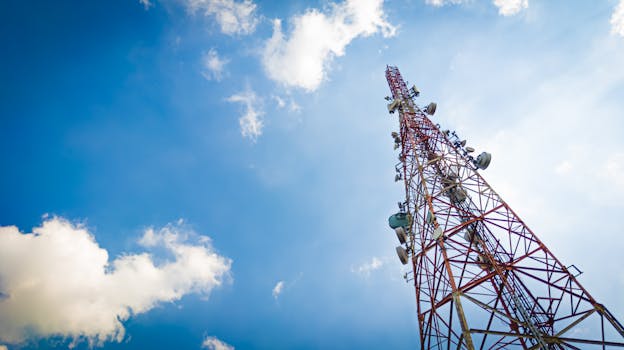
MEO Satellites: Introduction to Medium Earth Orbit Technology
MEO satellites, or Medium Earth Orbit satellites, are a type of satellite that operates in an orbit between 2,000 and 36,000 kilometers above the Earth’s surface. This orbit is higher than Low Earth Orbit (LEO) satellites but lower than Geostationary Orbit (GEO) satellites. MEO satellites have gained significant attention in recent years due to their unique advantages, including lower latency and higher bandwidth, making them an attractive option for various applications such as navigation, communication, and Earth observation. The use of MEO satellites dates back to the 1970s, but it wasn’t until the 1990s that they started to gain popularity. Today, MEO satellites are used by various organizations, including governments, private companies, and international agencies, for a range of purposes. One of the primary advantages of MEO satellites is their ability to provide global coverage with a relatively small number of satellites. This is because MEO satellites have a larger footprint than LEO satellites, allowing them to cover a wider area with fewer satellites.
Advantages of MEO Satellites
MEO satellites offer several advantages over other types of satellites. One of the most significant advantages is their lower latency. Because MEO satellites are closer to the Earth’s surface than GEO satellites, they have a shorter signal delay, making them ideal for applications that require real-time communication, such as voice and video calls. Additionally, MEO satellites have higher bandwidth than LEO satellites, allowing for faster data transfer rates. Another advantage of MEO satellites is their longer lifespan. MEO satellites typically have a lifespan of 10 to 15 years, which is longer than LEO satellites. This is because MEO satellites are less affected by atmospheric drag, which can cause satellites to lose altitude and eventually burn up in the atmosphere. MEO satellites also have a more stable orbit, which reduces the need for frequent orbital adjustments.
Applications of MEO Satellites
MEO satellites have a range of applications, including navigation, communication, and Earth observation. One of the most well-known applications of MEO satellites is the Global Positioning System (GPS), which uses a constellation of MEO satellites to provide location information to GPS receivers on the ground. MEO satellites are also used for communication purposes, such as providing internet connectivity to remote areas and supporting voice and video calls. MEO satellites are also used for Earth observation purposes, such as monitoring weather patterns, tracking climate change, and detecting natural disasters. The European Space Agency’s (ESA) Galileo navigation system and the Russian GLONASS system are examples of MEO satellite constellations used for navigation purposes. The O3b (Other 3 Billion) satellite constellation, operated by SES, is an example of a MEO satellite system used for communication purposes.
Challenges and Future Developments
While MEO satellites offer several advantages, they also face some challenges. One of the primary challenges is the high cost of launching MEO satellites into orbit. Because MEO satellites require a higher altitude than LEO satellites, they require more powerful launch vehicles, which can increase the cost of launch. Additionally, MEO satellites are more complex than LEO satellites, requiring more sophisticated systems and instruments, which can increase their cost and complexity. Despite these challenges, MEO satellites are likely to play an increasingly important role in the future of global communication and navigation. The development of new technologies, such as advanced propulsion systems and more efficient launch vehicles, is expected to reduce the cost and complexity of launching MEO satellites. Additionally, the increasing demand for global communication and navigation services is driving the growth of the MEO satellite market, with new constellations and systems being developed to meet this demand.